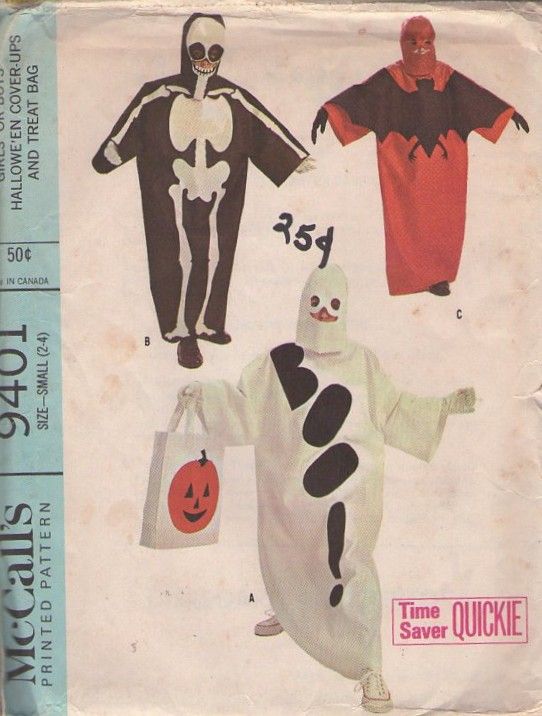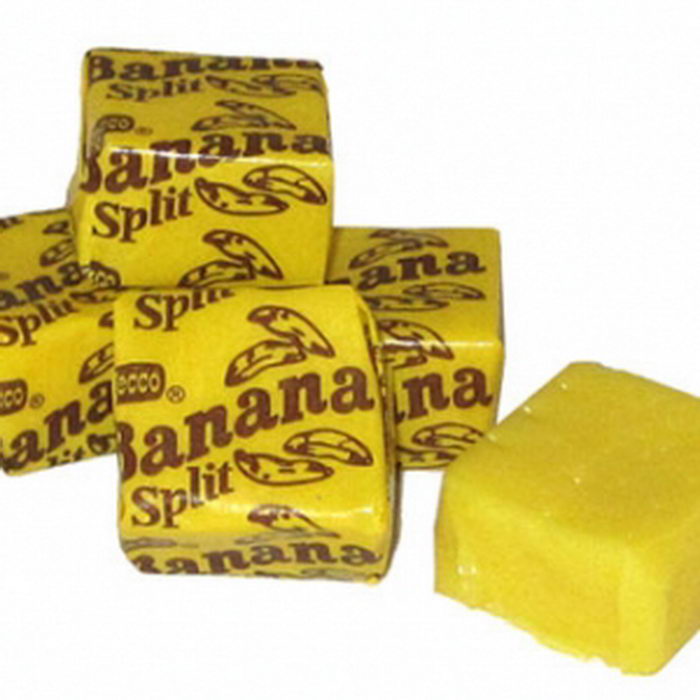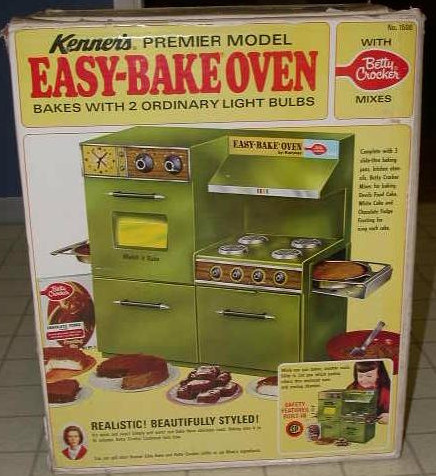Thrown in the Deep End
One of the seminal events of kid life is learning to ride a bicycle. When you graduate from three wheels to two, suddenly you experience a new freedom through mobility and your world expands beyond the line of sight from your front porch. Supposedly the average age for learning to ride a bike is five, but for me, this didn’t happen until I was closer to ten.
Being college students living on campus, our parents pretty much expended all financial resources on survival. Extras like eating out and new toys were way down at the bottom of the priority list underneath groceries, textbooks, cigarettes and guinea pig food. Kids bikes weren’t even on the table, let alone on the page. (If you knew my Mom, you know she had a written list.)
However, there was a burgeoning supply of beat up old adult bikes around, since like most campuses, the students would simply abandon them when they graduated and moved up to more luxurious forms of transportation. My father acquired a pair of these battle tested veterans and one fine spring day he set out to teach his children to ride. Being a Pro-Fessional college student he broke down the process of riding a bicycle to three essential tasks: balance, pedal and steer. He reasoned if you could focus on just one or two of these skills at a time, it would be easier to learn to ride. Makes sense, right? Well, sometimes academic theory falls down when it meets real world application, and in this case so did we.
Pop figured that if he put us on a bike and and pushed it off the top of a hill, we wouldn’t have to worry about pedaling. At first glance this was good thinking, since even with the seats as low as they would go our feet could only just barely touch the pedals of the adult sized bikes. He chose the hill behind Banta as it had a long grassy slope, thinking it would provide a soft landing in case of spills. It seemed like a good plan.
As one of the ill-fated bicycle pilots however, critical flaws in the set up quickly became obvious. The reason you learn to ride on a sidewalk instead of a steep hill is bike tires roll smoothly over sidewalks, not jolting uncontrollably over bunch grass in an open field. Level pavement also permits you to start and stop by putting your feet down when you lose your balance. Not so on a steep hillside, where once your too-tall bike starts rolling putting your feet down is simply not an option since they don’t reach the ground anyway.
Should you be so lucky as to make it more than a dozen yards down the hill, you were faced with the realization that your inevitable destination was to be the rock strewn creek at the bottom of the hill. Combine that with the fact that you couldn’t operate the brakes (remember these were old coaster bikes and the pedals were out of reach), and you had to choose from two options to bring Mr. Toad’s Wild Ride to an end:
- Try to bail out and risk cartwheeling down the rest of the hill in a spectacular demonstration of compound fractures, or
- Crash headlong into the creek and pray a boulder didn’t split your head like an overripe melon
Needless to say, the lesson didn’t go well. With each repeated attempt, we became more fearful to press our luck with another spin of the Wheel of Misfortune, and our father became more frustrated at our inability to grasp the simple task of bicycle riding. Eventually he gave up, much to our relief, and we pushed the decrepit bikes with their now bent handlebars and pedals clogged with chunks of turf dejectedly back home. Mom didn’t say anything when she saw us. She just brought out the Merthiolate for our scrapes and put our grass stained jeans in the sink to soak.

There were no further attempts to teach us to ride in Indiana. The ultimate fate of the old bikes is not remembered; I supposed they were re-abandoned once again. On my visit to the IU campus in 2018, the hill was still there and remained undeveloped. I was mildly surprised that its slope didn’t match the 45 degree angle of my memory, but then little kids don’t know much about geometry.
Halloween Heydey
For the final tale from Bloomington boys and girls, I give you what was once the second greatest holiday on the kid calendar: Halloween. These days Halloween has morphed into what grown-ups think it should be: the children are kept safely cordoned in church parking lots or school gymnasiums for carefully controlled events , and possibly permitted to canvas a couple blocks around their home under the watchful eye of multiple adult overseers. With that out of the way, their parents hustle off to adult parties where the liquor flows and the women show off their sluttiest cosplay outfits.
I suppose this adult debauchery has it’s purpose, but when I think of Halloween I think of bands of kids in costumes roving far and wide under the streetlights in search of sugary loot – and all with the blessing of their parents! Even Christmas & Thanksgiving failed to match Halloween for pure caloric intake, for what kid wouldn’t prefer a fistful of Milky Way bars to a second helping of mashed potatoes?
When we were kids, my sister and I always had homemade costumes, often that my mother had sewn. We didn’t get a new one every year if we hadn’t outgrown the old one yet, but they were usually unique and a lot better than the uncomfortable plastic mask and polyester jumpsuit that kids with store bought costumes had, so we didn’t complain much about the repeats.

One of the rules of Halloween that every kid knew was that proper Trick-Or-Treating had to be done in the dark, not just after supper when it’s still light as per modern custom. The sun slipped behind the horizon, the streetlights came on, and bands of small masked hooligans spread out across the campus, brazenly demanding Sugar Babies, Dubble Bubble or Sweet Tarts. The plea for a Treat was leveraged with the implied threat of a Trick – devilishly clever deeds that we loved to talk about but never actually employed.
My sister was the Commander of our little squad, and as such was in charge of planning the route, ensuring that we visited every building within walking distance as efficiently as possible. Some of the smaller, less dedicated kids dropped out after a while, but not us. We wouldn’t stop until each and every residence hall had been thoroughly looted, without breaking the second unbreakable rule of Trick-Or-Treating: Never visit any door more than once.
On and on we went, returning to dump our full pillow case of candy only to head back out again… and again. When the campus had finally been well ravaged and our feet were tired we returned home to Banta and the gleeful process of sorting the bushels of loot that made up the evening’s take. We took care to keep our piles separate of course. The sorting process went something like this:
Oversized/Weird stuff
This included fresh fruit, popcorn balls, cupcakes, caramel & candy apples, the odd box of Cracker Jack and a peanut butter and jelly sandwich in a plastic bag. This category was gladly turned over to the parents for further decision making.
Common cheap candy
Consisted of the bulk of the haul, things like Tootsie Rolls, Sweet Tarts, jelly beans, Sugar Daddy, Dum-Dums, Bottle Caps, Milk Duds, Chupa Chups, salt water taffy, lemon drops, cinnamon red hots, Bit-O-Honey and of course the ubiquitous candy corn. A subset of this category was the cheap but odd stuff like candy cigarettes, Swedish Fish, Boston Baked Beans and those strange white blocks with jewel-like inclusions that Brachs used to sell.
Desperation Candy
This was the stuff that you wish you wouldn’t get at all, but it was usually the second largest group. Here we had all those bad ideas that confectioners came up with that people only buy when they want to spend as little as possible and they are sure they won’t have to eat any of it themselves. Necco Wafers, starlight mints, various forms of black licorice and the wax bottles filled with liquid are examples of this group.

But the king of this category was what we called “banana bikes”. This was a product actually called Banana Split taffy, produced by the Beich’s Candy company of Bloomington (Illinois, not Indiana). Back in the days before food manufacturers perfected artificial flavorings, some fake flavors weren’t quite right, and banana was the worst of them. This taffy tasted like an overripe banana dipped in floor polish and rolled in a mixture of powdered sugar and cigar ash. It was just awful, so bad that we’d dare each other to eat a piece.
Desperation candy had a sole redeeming quality: longevity. Weeks after all the good stuff was gone you could still sift through your battered brown paper sack of Halloween candy in hopes of discovering a hidden Jolly Rancher or Peanut Butter Bike. But if all that was left was Necco wafers, well, at least that was better than the squishy plum your Mom wanted you to eat.
The Holy Grail
In the early ’70s, the most sought-after Halloween candy was chocolate. Not Tootsie Roll/Black Cow faux chocolate, but the honest to goodness real deal. The makers of such delicacies had not yet made the brilliant marketing discovery of “Fun Size” – the trick of cutting a candy bar in four pieces and selling each piece for 1/3 of the price of the original. As a result only full-sized candy bars were readily available, and few grown ups were willing to spend ten cents each for Hershey bars when they could buy a two pound sack of candy corn for under a buck.
Mr Goodbar, Three Musketeers and Baby Ruth were prime scores, along with brands you don’t see any more like Zagnut, Clark & Caravelle bars. Despite our best intentions to ration the chocolate out, it always seemed to go first, much of it on Halloween night.
Gnawing Rubber
A special pile was made for gum, as we didn’t really consider it candy. Mostly you’d get bubble gum. Be it individual pieces of Dubble Bubble or Bazooka, the flat hard sticks included with baseball cards or the traditional chewing gum wrapper, it all tasted exactly the same. What is that flavor anyway? It’s indescribable, but nothing else tastes like bubble gum; it’s more like chewing on a gasket than an actual food flavor. In any case, neither of us were big fans of bubble gum beyond reading the Bazooka Joe cartoons.
Too Much of a Good Thing
One of the great parts of Halloween was you had permission to eat as much candy as you wanted that night, up until the point when the folks finally put you to bed. This inevitably led to eating way too much sugar, resulting in a queasy, coma-like state. Somehow the memory of this consequence never survived from year to year, so we continued to make the mistake of overindulging annually. Halloween candy became like Prometheus’ liver, regenerating itself every October, only we ourselves played the eagle that devoured it.
The Parental Overlords only permitted a single incidence of sugar debauchery however, with the remaining candy being packed into brown paper shopping bags and stowed out of our reach on the top of the refrigerator. A rationing system was put in place allowing each kid a piece or two a day, though between unauthorized withdrawals and the reduction of appealing choices our interest diminished over time.
By Thanksgiving, the crumpled bag contained only truly unloved candies like Banana Bikes, Necco Wafers, black jelly beans and cartoon-less pieces of bubble gum that had become as hard as flint. Now those Thanksgiving mashed potatoes were looking pretty good by comparison, so the once treasured Halloween candy bag headed to the incinerator in late November.
Beware of Girls Offering Gifts
To close my sequence of Banta stories, I leave you with this short tale on the “If it sounds too good to be true…” theme. One day my sister went to play with a friend who had recently received one of the hottest toys of the era: the famous Easy-Bake Oven. The pair returned to our apartment with a tiny chocolate cake, which they presented to me with huge grins. I was too young to recognize the warning signs of impending doom at the hands of crafty females, but still, history told me where my sister was concerned it was best to dip in a toe first before jumping in.

A finger poked into the icing produced a sample of reasonable results, so I decided this was one of my sister’s not infrequent gestures of generosity. The cake being only a few inches in diameter, I chomped off a third of it with a single bite.
Woe and unglad tidings! The girls had prepared the cake according to Betty Crocker’s mix directions with one important substitution: they had used white vinegar instead of water. Much laughter & glee ensued on their part, while I experienced the sorrowful disappointment of an experience that started off sweet, but quickly became very bitter indeed.